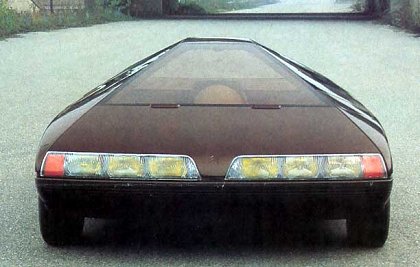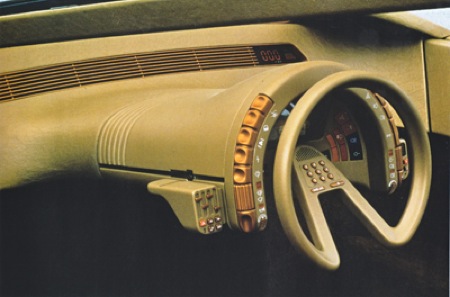Citroën Has Strived For Functional Comfort in Steering Wheel and Dashboard Design
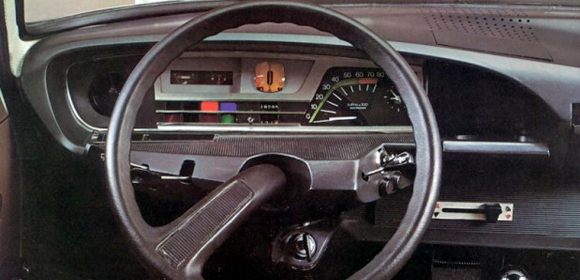
The notion of comfort has always been at the heart of Citroën’s models for over 100 years. Today, we present episode 3, ‘Comfort of Use’ as part of Citroen’s promoting its returning to the Citroën Advanced Comfort® program, a program designed to guide the conception of Citroën vehicles towards a unique type of comfort, what has become a signature of the Brand.
COMFORT OF USE: INTUITIVE TECHNOLOGIES TO SIMPLIFY LIFE
For Citroën, functional comfort applies to the combination of highly ergonomic, easy-to-use cabin designs with technology that is intuitive and easy to operate. In the wider automotive sector, technology continues to take on greater prominence in cars; in some cases, to the detriment of user-friendliness. By contrast, Citroën has sought to apply new technology in such a way as to make its cars easier to use, with functionality enhancing comfort.
Reducing driving stress and fatigue has long been a core Citroën aim. The company believes true comfort lies in lightening the mental ‘load’ of driving, a talent particular to Citroën. For decades, Citroën has put functional comfort at the heart of vehicle design, leading the way when the company revolutionized two of the critical functional elements – the steering wheel and the dashboard.
INNOVATIVE STEERING WHEELS
Citroën led the way with a new steering wheel innovation in the early years of the 21st century, launching the fixed central steering wheel hub in the C4, seen also in the C4 Picasso and C5. With the proliferation of in-car technologies leading to more cluttered dashboards, many manufacturers started to move controls onto the steering wheel. Citroën’s clever design revolved around a static central hub, with a focused and easy-to-access command panel in direct line-of sight. Where other manufacturers’ controls rotated with the wheel, Citroën’s controls were static, making them clearly visible and easier to use. The innovation also met the tough safety demands of impact and airbag legislation.
Citroën used its steering to pave the way for another innovation: the company’s famous ‘turning’ headlights first featured in the 1967 DS, which aided night-driving by tracking the steering inputs to better illuminate the road ahead.

Later, the two inner spot lights of the SM’s six hydraulically levelled headlamps did the same.
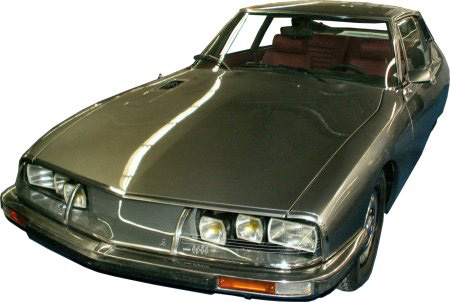
These lights feature as ‘intelligent headlamps’ in our cars today, but were introduced long ago by Citroën to enhance the easy, functional comfort of its flagship cars.
INSTRUMENTATION AND INNOVATION
Advanced ergonomic controls and innovative fascia designs provide further evidence of Citroën’s commitment to functionality, incorporating technologies in a way that enhances driver comfort.
The GS, GSA, CX and BX each featured advanced ergonomic controls and a design that offered ‘keyboard’ operated buttons for vital functions, in easy reach of the steering wheel. Later GSA models and the Citroën Visa also introduced a unique ‘satellite’ control panel, placing all the major controls at the driver’s fingertips. For the driver, this meant there was no need to take a hand off the wheel.
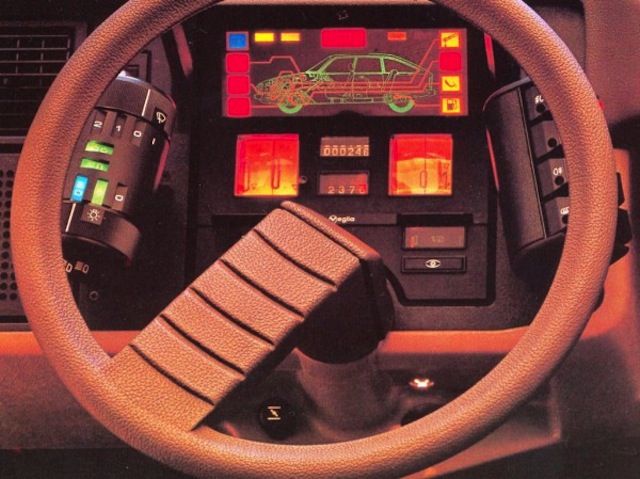
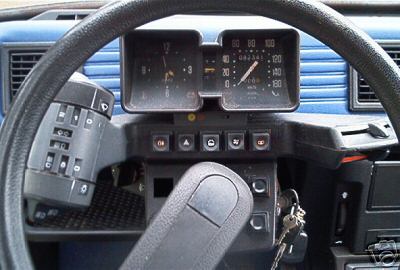
The CX pioneered the use of moulded plastics to create a level of design integration between the dashboard, console and door trim. One noteworthy element was the ‘flying saucer’-shaped instrument binnacle – the ‘Lunule’ – that supplied a crescent of controls around the steering wheel.

The Lunule was a truly innovative design, dreamed up by sculptor, designer and artist Michel Harmand, who influenced Citroën design from the 1960s to the 1980s. At the time, this represented a new height for the ‘comfort of function’. As the Lunule evolved for application in other Citroën models, it was a concept adopted by other carmakers, as dashboard design embraced new plastic moulding technologies in the 1980s and 1990s.
The CX also featured a unique ‘revolving drum’ illuminated speedometer, with a large, magnified display of the car’s speed which revolved into a display window. This was easier for the driver to view and allowed a faster glance at the speedometer than a traditional needle on a dial.
The BX, first introduced in 1982, represents a new stepping stone in design, inside and out. Nearly 20% of the BX’s bodywork was made from plastics, and the cabin featured a moulded plastic architecture with fingertip control levers and sliders.
With the 1985 BX Digit, Citroën pioneered a digital dashboard and display. Indeed, the BX Digit offered the world’s first digitally-signalled controls and centre console displays, alongside its digital ‘TV screen’ instrumentation. Using functionality to enhance comfort, the BX Digit provided a true forerunner to today’s digital dashboards.
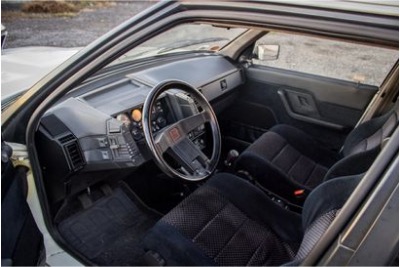
INTEGRATING NEW TECHNOLOGIES
In the intelligent layout of dashboard and cabin controls, Citroën’s commitment to functional comfort demonstrates true innovation. Citroën functional design innovations include the first truly original cabin designs to seamlessly integrate new technologies to aid the driver and improve comfort and convenience. Lessons learned by the company over the decades now inform the development and integration of technology in Citroën’s contemporary cabins.
After earlier Lunule models, the C6 delivered Citroën’s first ‘head-up display’ (HUD) with vital information projected onto the windscreen for ease of reading.
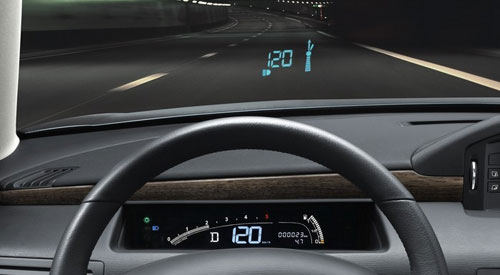
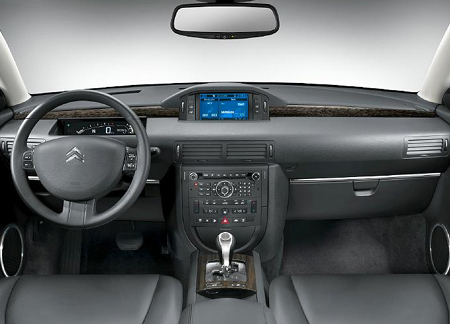
HUDs have since featured in many more recent models, including the SpaceTourer and the latest C3 Aircross. Citroën first introduced a digital driver instrument cluster on the Xsara Picasso, refining the concept for a number of models ever since. Today’s C4 SpaceTourer has a 12-inch (30cm) digital instrument cluster, displaying information to the driver and passengers in a functional, comfortable way.

Simplicity is at the heart of the information clusters now found in the brand’s current model lines. Connected touchscreen controls echo the functionality of smartphones and connect drivers and passengers to the outside world, with straightforward phone integration offered through MirrorLink displays and Apple CarPlay® and Android Auto®.
From the earliest ‘bending’ directional headlamps, through to the Lunule instrument cluster and today’s digital displays, the integration of new technology into any new Citroën has always been a matter of practicality and functionality even though on some models, it comes across as bizzare especially in some of their concept cars such as the Karin presented at the Paris Motor Show in 1980.
